Advertisement
Arguing against a human, IBM's Project Debater stood before a live audience. The result was a loss but not a failure. The event showed what artificial intelligence can accomplish in jobs requiring plenty of communication. Project Debater proved adept at developing arguments, grasping background, and presenting logical points of view. Though it lost, it delighted the public and professionals.
The performance underlined public discussions on artificial intelligence as a revolutionary advance. IBM Project Debater system provided more than just programmed responses. It had relevance, structure, and depth. The performance of AI has generated worldwide interest in artificial intelligence. The occasion represents a turning point in artificial intelligence evolution. These days, people view artificial intelligence as more than simply numbers and code—it can question ideas, speak, and reason.

To challenge artificial intelligence limits, IBM developed Project Debater. The aim was to test AI's capacity for sophisticated human interaction. The machine was designed to gather facts from millions of papers. It then developed ordered reasoning built on real-time data. Project Debater could listen, grasp, and respond with well-ordered ideas. The focus was more on showcasing ability than on winning. IBM sought to evaluate machine reasoning using human logic.
Before a live audience, artificial intelligence argued with world-class debater Harish Natarajan about whether public spending for preschoolers is justified. IBM sought to show how artificial intelligence may add to public conversation. The setup demanded quick thinking and effective communication. Not one pre-written script was used. The audience watched real-time artificial intelligence decisions being made. IBM aimed for development rather than perfection. The business was successful in demonstrating what artificial intelligence is capable of outside computation. It can reason, debate, and even persuade.
Although Project Debater did not win, her performance was revolutionary. Using accurate data, the artificial intelligence produced cogent claims and backed arguments. Audience members pointed out how methodically the answers were given. Project Debater showed a sophisticated awareness of the background. It made sense of the information, not just stated facts. There was room for development in several places. There was little emotional resonance in the speech. The arguments, at times, sounded mechanical. Still, the reasoning made perfect sense.
Harish Natarajan presented a natural tone and movement in seamless counterpoints. His victory demonstrated the ability of human feeling to be a persuasive tool. Still, many felt the AI held its ground impressively. After hearing Project Debater, audience polls revealed more people started to get informed. Success for IBM followed from this. In public discussions, experts hailed the endeavor as a major step forward for artificial intelligence. The system surprised most people, even if it was not flawless. It shows artificial intelligence might participate in meaningful dialogues.
Project Debater's technology called for enormous data processing. IBM engineers fed millions of research papers and publications to the system. From then on, artificial intelligence pulled salient features using natural language processing. It examined and understood the information in context, not merely committed it to memory. One special feature of the computer was the "speech by crowd." That allows it to synthesize different viewpoints from diverse sources.
Project Debater spun together several points of view to create arguments. It could also instantly create rebuttals on demand and listen to human speech in real time. A fundamental component of the system was narrative creation. The AI turned data into coherent narratives. It harmonized a convincing structure with logical reasoning. It was best at arranging ideas even though it lacked emotional signals. Business and the education sectors are increasingly using IBM Project Debater technologies. In content production, decision support, and automated argument training it's opening fresh avenues.
Project Debater's loss improved AI rather than hindered it. The argument established artificial intelligence could operate outside of technical settings. Machines can today grasp social cues, context, and tone. For artificial intelligence research, that is a major victory. These days, developers concentrate on making artificial intelligence not only smarter but more relevant. The general public responded rather favorably. Most people would not have expected a robot to argue so effectively.
The initiative shifted opinions on artificial intelligence's function in society. Fresh ideas are developing around how machines may support politics, education, and journalism. In public discussions, artificial intelligence could eventually be the standard. Project Debater pushed the envelope. It gave machines originality and imagination. Tech executives are now funding initiatives of a comparable kind. They want artificial intelligence to represent ethics and policy's voice. IBM launched an innovative tsunami that will change daily machine interaction with humans.

The human debater ranked on the scoreboard as a winner. IBM, though, had a different sort of success. The bot kept its own against a professional. It neither faltered nor stopped. It gave an amazing, fact-based performance that even stunned reviewers. Humans are still leading with empathy and emotional appeal. That is not something artificial intelligence has mastered. Harish engaged the audience using tone and humor, which turned around his vote count.
Project Debater, though, made people consider. It presented rational arguments supported by copious data. It was a teacher during the event. So who actually wins? Both did, at least in part. The machine showed fresh promise, but the human won the game. The audience can be the actual champion. They saw the conversational landscape of tomorrow. The event showed what happens when AI logic meets human emotion. It was a window into what's next, not just a discussion.
IBM Project Debater missed the official debate but made a historic artificial intelligence mark. The program featured audience engagement, structured argumentation, and real-time reasoning. After this milestone, artificial intelligence will keep expanding in public discussions. The performance presented IBM Project Debater technology as more than just a lab experiment. It generated fresh discussions on social machines. A review of artificial intelligence discussion performance will now direct further developments. Even in defeat, the machine worked. It proved artificial intelligence can influence, think, and communicate. The world now appears ready for robots that can reason, converse, and participate in real dialogue.
Advertisement

Understand how logarithms and exponents in complexity analysis impact algorithm efficiency. Learn how they shape algorithm performance and what they mean for scalable code
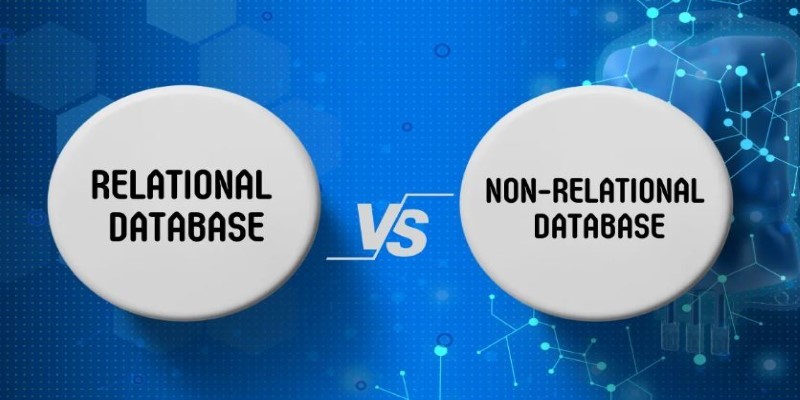
Understand the Difference Between Non Relational Database and Relational Database through clear comparisons of structure, performance, and scalability. Find out which is better for your data needs
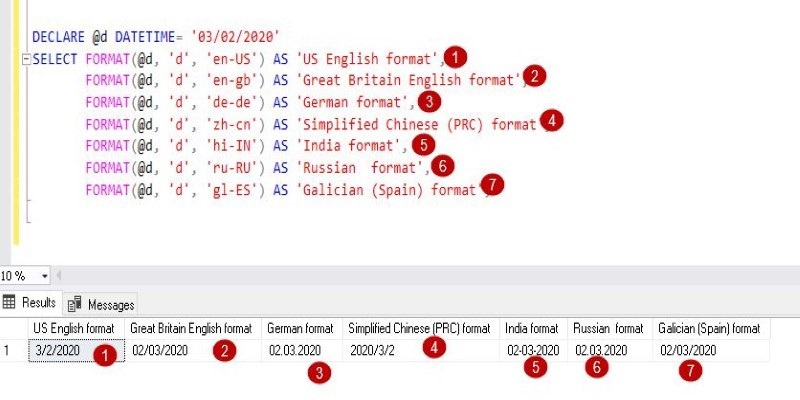
The FORMAT() function in SQL transforms how your data appears without changing its values. Learn how to use FORMAT() in SQL for clean, readable, and localized outputs in queries

How the Chain of Verification enhances prompt engineering for unparalleled accuracy. Discover how structured prompt validation minimizes AI errors and boosts response reliability

Uncover the best Top 6 LLMs for Coding that are transforming software development in 2025. Discover how these AI tools help developers write faster, cleaner, and smarter code

Need to update your database structure? Learn how to add a column in SQL using the ALTER TABLE command, with examples, constraints, and best practices explained

Gemma Scope is Google’s groundbreaking microscope for peering into AI’s thought process, helping decode complex models with unprecedented transparency and insight for developers and researchers
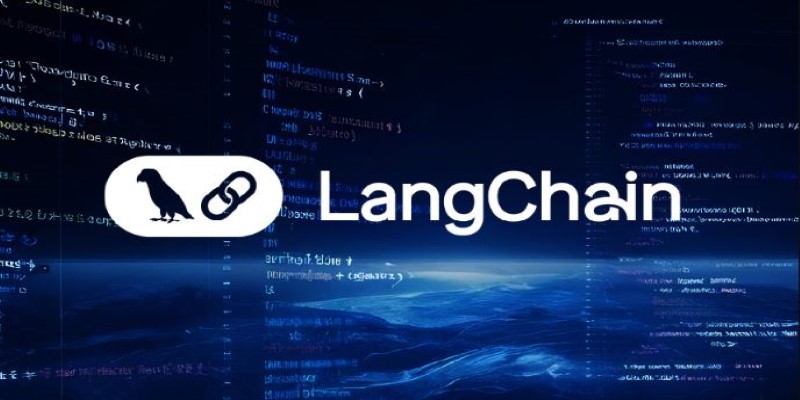
How to compute vector embeddings with LangChain and store them efficiently using FAISS or Chroma. This guide walks you through embedding generation, storage, and retrieval—all in a simplified workflow
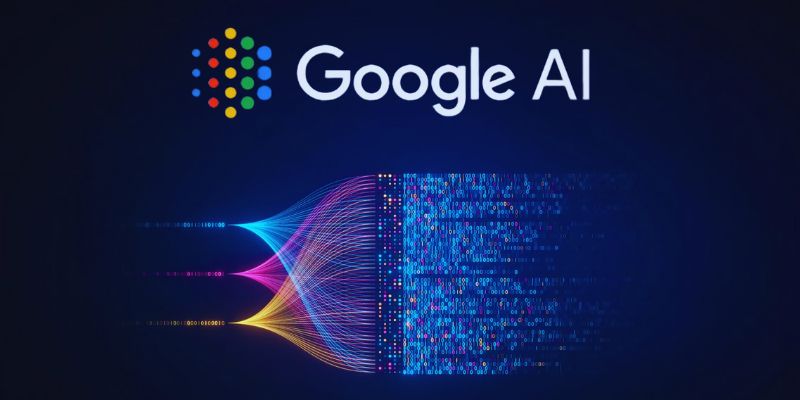
Google AI open-sourced GPipe, a neural network training library for scalable machine learning and efficient model parallelism
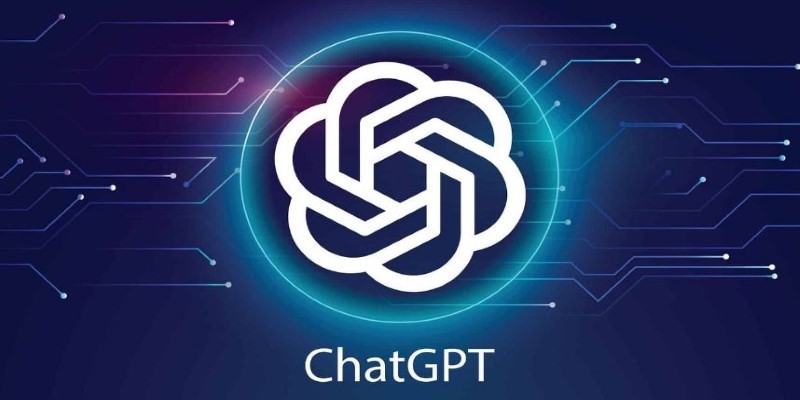
Understand the real-world coding tasks ChatGPT can’t do. From debugging to architecture, explore the AI limitations in programming that still require human insight
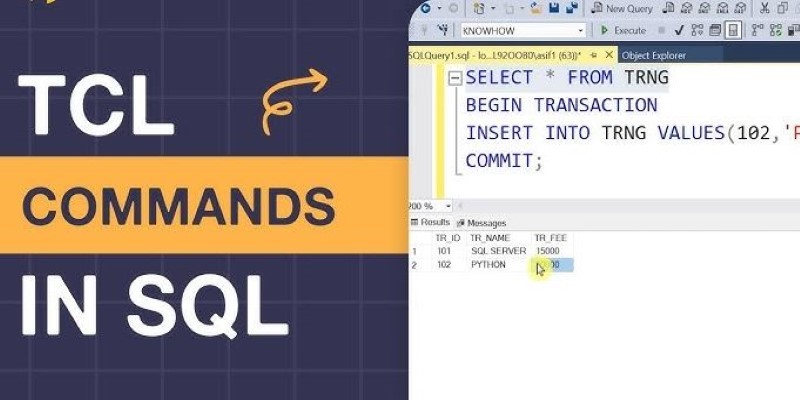
Understand how TCL Commands in SQL—COMMIT, ROLLBACK, and SAVEPOINT—offer full control over transactions and protect your data with reliable SQL transaction control
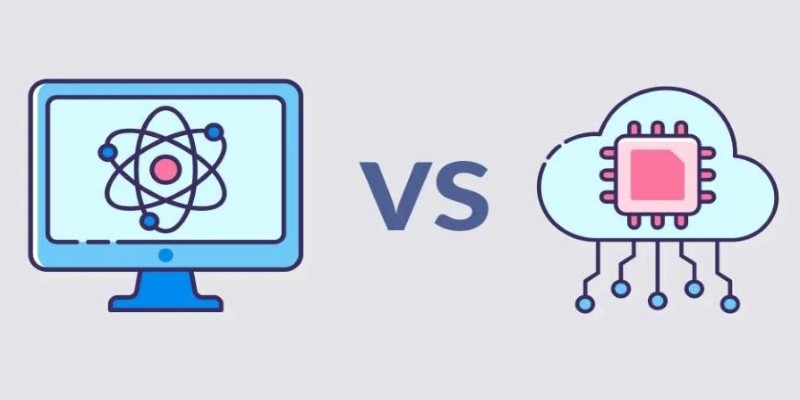
Confused between Data Science vs. Computer Science? Discover the real differences, skills required, and career opportunities in both fields with this comprehensive guide